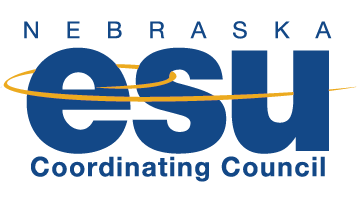Recently, there have been an increasing number of discussions in Nebraska regarding interlocal agreements amongst various organizations and government-funded institutions. To bring clarity to this conversation, the ESU Coordinating Council is sharing the following message to inform Nebraskans on (1) what an interlocal agreement entails and (2) how the ESUCC’s Cooperative Purchasing efforts leverage interlocal agreements to bring millions of dollars in cost-savings benefits to our municipalities and the education community statewide.
What is an interlocal agreement?
An interlocal agreement is a legal agreement between two or more public agencies, including a county, city, village, an agency of the state government, ESUs, or school districts, to cooperate on specific projects or services.
In other words, there are times when a project of service requires coordination and cooperation between multiple jurisdictions, and in those instances, it can make sense to combine resources and expertise to achieve common goals. It’s people working collectively to accomplish goals that they would not be able to achieve as efficiently and/or as cost-effectively without working together.
How does it work?
There are some purchases that are essential expenses for virtually every school district. Things like paper and cleaning supplies might be among the first things that come to mind. But if you consider things like classroom furniture, playground equipment, one-to-one technology – both hardware and software, scoreboards for gyms and fields – the list quickly becomes extensive!
This is where the ESUCC’s Cooperative Purchasing through interlocal agreements helps save districts time and money. Coop Purchasing solicits and negotiates with various vendors on the collective behalf of member districts/entities. As such, districts do not have to spend time with the bidding/negotiating process and can instead focus their efforts on their students, teachers, and learning. Furthermore, by streamlining the collective buying power through a single contract, Nebraska schools can essentially buy in bulk and volume, which lowers the cost of each and every one of these essential items.
What is the extent of these savings?
In the 2021-2022 school year alone, the ESUCC saved Nebraska schools $6.7 million dollars through cooperative purchasing. And over the past five school years, the total is $28.8 million. In this way, interlocal agreements empower school districts across Nebraska to work with the ESUCC to save time, personnel, and monetary resources, together.
For more information about the ESUCC’s Cooperative Purchasing program, go to our page: Cooperative Purchasing – ESU CC or contact Craig Peterson at: craig.peterson@esucc.org

